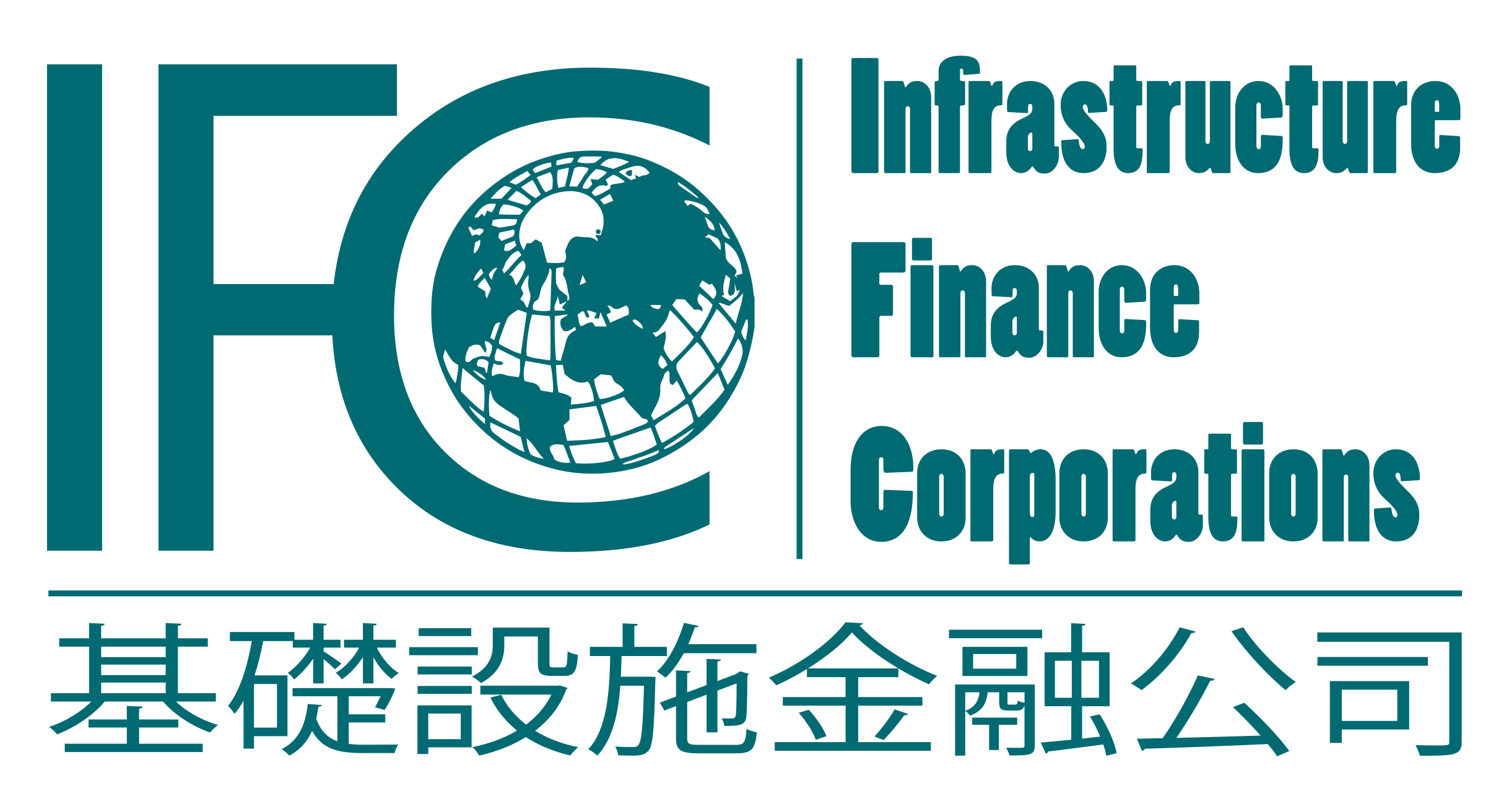

Mezzanine Debt Financing: Bridging the Gap in Capital Structure
In the realm of corporate finance, companies often encounter situations where traditional debt financing might not suffice to meet their capital needs, yet equity financing may not be the most desirable option due to dilution concerns among existing shareholders. It is in such scenarios that mezzanine debt financing emerges as a valuable tool, offering a unique blend of features from both debt and equity instruments.
Understanding Mezzanine Debt
Mezzanine debt sits in the middle of the capital structure, hence its name derived from the mezzanine level in buildings. It typically represents a form of subordinated debt that ranks between senior debt and equity in terms of repayment priority and risk exposure. Mezzanine lenders provide capital to companies with the expectation of higher returns commensurate with the added risk.
Key Characteristics
Hybrid Nature: Mezzanine debt combines features of both debt and equity financing. While it functions primarily as debt with regular interest payments, it often includes equity options such as warrants or conversion rights, which allow lenders to participate in the company’s future upside potential.
Subordinated Position: In the event of liquidation or bankruptcy, mezzanine debt holders are repaid only after senior debt obligations have been satisfied. This subordinated position reflects higher risk but may also warrant higher returns for investors.
Flexible Terms: Mezzanine financing structures are highly flexible and can be tailored to meet the specific needs of the company. Terms regarding interest rates, repayment schedules, and equity participation can be negotiated based on the company’s growth prospects and risk profile.
Use of Proceeds: Mezzanine financing is commonly used to support various corporate initiatives, including expansion projects, acquisitions, recapitalizations, and management buyouts. Its versatility makes it a preferred option for companies seeking capital for growth and strategic initiatives.
Benefits for Companies
Conclusion
Mezzanine debt financing serves as a valuable tool for companies seeking growth capital and investors pursuing attractive risk-adjusted returns. Its hybrid nature, flexible terms, and alignment of interests make it a preferred option for bridging the gap in the capital structure. By understanding the key characteristics and considerations associated with mezzanine debt, companies and investors can leverage this financing solution to unlock value and drive sustainable growth.
Considerations for Investors
Risk-Return Profile: Mezzanine debt investments offer higher potential returns compared to traditional debt instruments but entail greater risk due to their subordinated position in the capital structure.
